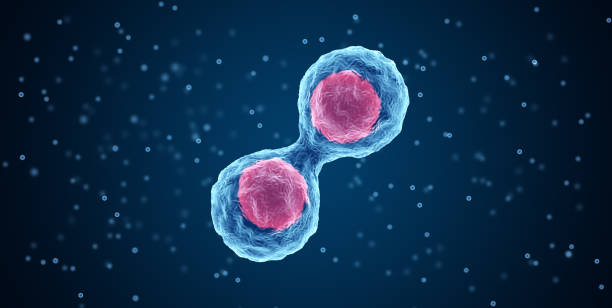It is when couples visit for IVF consultation that they often hear the term blastocyst. It refers to an embryo's stage of development, and its success in treatment during certain stages.
Patients will feel quite fortified and confident that they are taking the more informed pathway into fertility after understanding this important word regarding how doctors use it within the context of IVF.
A blastocyst is an early embryo that has developed for about five to six days after fertilization. During this time, the embryo has developed sufficient cells to need the start of the development of not only the baby but also all the supportive systems such as the placenta. The chances of implantation are far greater once they reach the blastocyst stage.
Blastocyst Stage in IVF
In the blastocyst stage, embryologists can best identify which embryos have more strength. Not all fertilized eggs will make it to this stage, and therefore reaching this stage speaks of almost good developmental potential. Transferring embryos at this point usually augments chances of becoming pregnant since embryo development is in line with the natural readiness of the uterus.
Blastocyst Culture Defined
Blastocyst culture is a process where embryos are cultured in the lab until reaching such an advanced stage. The doctors are not transferring embryos just days after fertilization; they are considering the embryos for a longer period with close monitoring. This offers more time for assessing embryo health and selecting those most capable of leading to a successful pregnancy.
Blastocyst Transfer in IVF Treatment
Once embryos have matured to the appropriate stage, it is time for a Blastocyst Transfer. This is the delicate process whereby the embryo is placed into the uterus with the hope of implantation and further growth. This method is favored among IVF specialists as it tends to reduce the number of embryos that are transferred, thus minimizing the likelihood of multiple pregnancies while maximizing the chances of success.
Blastocyst Importance for IVF Success
Blastocysts are viewed as milestones in IVF treatment for a few reasons:
- They testify embryo development is strong.
- They allow better timing of uterine implantation.
- They identify which embryos have the highest chances of sustained viability.
- They increase the rate of healthy pregnancy outcomes.
When embryos reach this stage, couples mostly feel reassured because it means they have higher chances of success compared to transfers carried out earlier.
Choosing the Right IVF Centre
The authority of the fertility centre comes into play for stars in implantation blastocyst growth and transfer. The outcome seems brighter in couples with good lab equipment, experienced embryologists, and centers with a good history of highly successful cases.
Couples seeking for the Best IVF Centre in Coimbatore often look for places specializing in methods like blastocyst culture so that they can be sure to have all options provided to them for the best treatments available.
The Emotional Side of Blastocyst Development
The wait for embryo growth to the blastocyst stage can be both exciting and stressful: some embryos will perish along the way, leaving couples justifiably disappointed. In contrast, once a healthy blastocyst has been prepared for transfer, it creates a state of hope and confidence. Emotional support through counseling and good communication by the fertility team can ease the journey.
Blastocyst development is an important IVF part that heightens success rates and provides a clearer picture for doctors in making decisions regarding embryo transfer. Couples then arm themselves with knowledge about the blastocyst stage, the function of blastocyst culture, and the perks of blastocyst transfer, allowing them to confidently approach IVF.
For couples who seek credible care, state-of-the-art facilities, and heartfelt support, Dr. Aravind's IVF in Bangalore remains a first choice for couples desirous of the best on their path to parenthood. You can contact Dr. Aravind’s IVF for a consultation and take the first step toward parenthood.





Comments